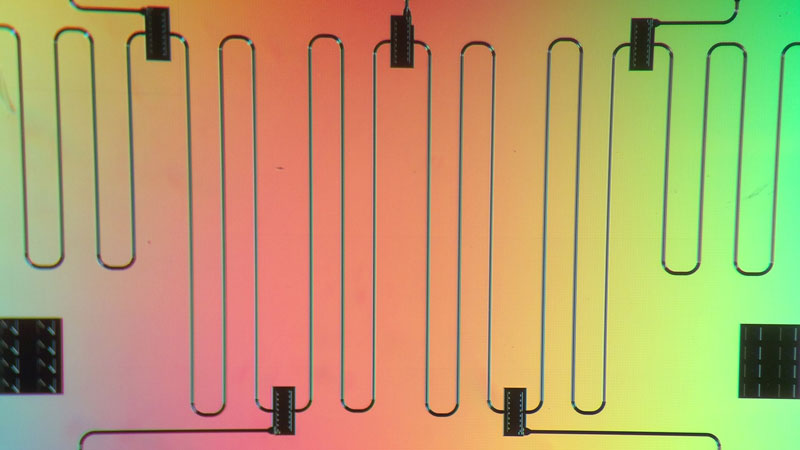Published:

Heriot-Watt University is leading an ambitious international project to develop a new generation of quantum computers capable of making their own decisions.
The Neuromorphic Quantum Computing (Quromorphic) Project aims to build a computer processor that transfers data in the same way neurons work in the human brain.
The project is being led by Professor Michael Hartmann from Heriot-Watt's Institute of Photonics and Quantum Sciences (IPaQS) who is working alongside researchers and scientists from ETH Zurich (Switzerland), Technical University Delft (Netherlands), University of the Basque Country (Spain), IBM Zurich (Switzerland) and the Volkswagen Group (Germany).
This is a very exciting time to be working as pioneers in the field of quantum computing.
Between them, the group aims to create radical new computer quantum devices, capable of running a huge number of artificial intelligence (AI) tasks at the same time, vastly exceeding limitations of existing technology. For example, where typical AI can be trained to recognise human faces with a single photograph at a time, the quantum neural networks could be fed with thousands or even millions of pictures at once. The programme can then use this data and be trained to make decisions based on user feedback.
Professor Michael Hartmann from the School of Engineering and Physical Sciences at Heriot-Watt University is the lead academic on the Quromorphic Project.
He explained: “At present, AI is transforming the way we use data. Where computer programmes typically emulate the workings of the human brain to perform tasks such as recognition of human faces or hand-written digits, the Quromorphic Project is taking a different approach by developing quantum computing hardware that mimics the functionality of neurons.
“Like neurons, these new quantum devices made of superconducting electrical circuits will combine input signals to generate output or not. This mimics the decision making process of the human brain where a combination of influences leads a person to make a decision.
“When combining circuits, powerful artificial intelligence emerges. In their quantum version these circuits are expected to process much more input signals and take many more decisions at the same time leading to vast speed improvements.”
He added: “This is a very exciting time to be working as pioneers in the field of quantum computing.
“The possibilities are incredible but of course we cannot yet know its true potential. This will only become clear in the future when we have a better understanding of the capabilities and possibilities.”
Quantum computers are vastly different to a typical desktop PC.
Their development is very much in the early stages however computing giants including Google, IBM and others are currently investing in the cutting-edge technology. Central to its potential power is its processing unit, made of so called a 'quantum bits' or 'qubits'. If, for example, a 100 qubit quantum computer is increased to 101 qubits, its computing power is expected to double, and for the next qubit added it will double once more.
This dramatic escalation in power has tremendous potential, which the Quoromorphic Project hopes to exploit in order to develop a human brain inspired quantum artificial intelligence.
Professor Hartmann continued: “Given the major economic importance of machine learning, one can expect that quantum devices will quickly push aside existing artificial intelligence technology once it can be demonstrated that they are indeed more powerful in real world applications.
“For example, this could lead to new traffic flow optimisations, where complex computational problems need to be solved extremely fast to provide input to navigation systems in real time.”
Earlier this month the European Commission announced more than half-a-million pounds of funding towards the project.